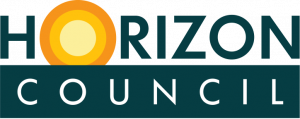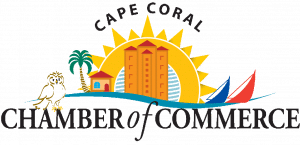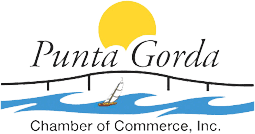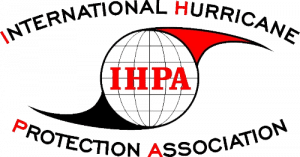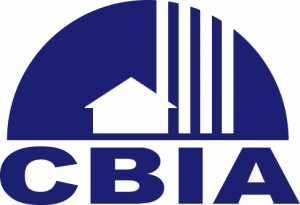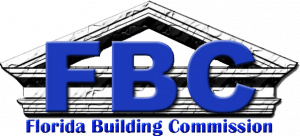What Florida Flood Zones Mean for Your Home
When it comes to flood safety, Florida flood zones are more than just designations—they tell you the level of risk your home faces and whether flood insurance is required. Let’s break down flood zone meaning to help you better protect your property.
All Homes Are in a Flood Zone
First, it’s important to know: every home in Florida is in a flood zone—the difference is whether it’s a high, moderate, or low risk area. Understanding these categories can shed light on your flood risk and insurance requirements.
High-Risk Areas: Zones A & V
Zones A and AE (part of FEMA’s Special Flood Hazard Area, or SFHA) are considered high risk, with at least a 1% annual chance of flooding (also known as a 100‑year flood). Properties here are required to carry flood insurance when using a federally regulated lender.
Coastal zones V and VE add wave action risk, making them some of the most dangerous areas for flood damage, especially with rising Atlantic temperatures affecting storm intensity. These Florida flood zones potentially face 26% chance of flooding over a 30‑year mortgage.
Lower Risk Flood Zones
Zones B, C, and shaded X are considered moderate-risk or low-risk areas, with flooding chances less than 0.2% annually. These areas are outside the SFHA and higher than the elevation of the 0.2-percent-annual-chance flood.
Even so, more than 20% of flood claims come from these areas—flood insurance is optional but still wise. If you live in an area with low or moderate flood risk, you are 5 times more likely to experience flood than a fire in your home over the next 30 years.
Undetermined Risk: Zone D
Zone D identifies regions where flood risk has not been fully analyzed. Homes here might require flood insurance depending on lender rules. Understanding flood zone meaning becomes crucial when navigating these uncertain areas.
Why Flood Zones Matter
Insurance Requirements: Lenders mandate coverage in high-risk zones, but flood risk remains in lower-risk zones too. Premium Calculation: Flood insurance rates are based on flood zone and Base Flood Elevation (BFE)—higher BFEs equal higher premiums. Development and Permits: Each Florida flood zone designation affects building and elevation regulations differently.
Protecting Your Investment
- Use FEMA’s Flood Map Service Center to find your exact flood zone
- Learn your zone’s insurance requirements and premiums
- Consider adding flood insurance—even in moderate or low-risk zones. For many, a National Flood Insurance Program policy could cost less than $400 per year
- Explore home protection systems to help safeguard your property against rising waters
Florida flood zones may sound technical, but they’re critical for protecting your biggest investment—your home. If you’re unsure about your zone or how to prepare, contact a qualified professional for a consultation and flood risk assessment.
Understanding your flood zone is the first step in protecting your property from Florida’s unpredictable weather patterns and rising water levels.
Sources
- FloodSmart.gov – FEMA’s National Flood Insurance Program
- Lee County Government – Flood Zone Information
- First Street Foundation – Flood Risk Data and Statistics
- FEMA Flood Map Service Center
- Florida Division of Emergency Management


